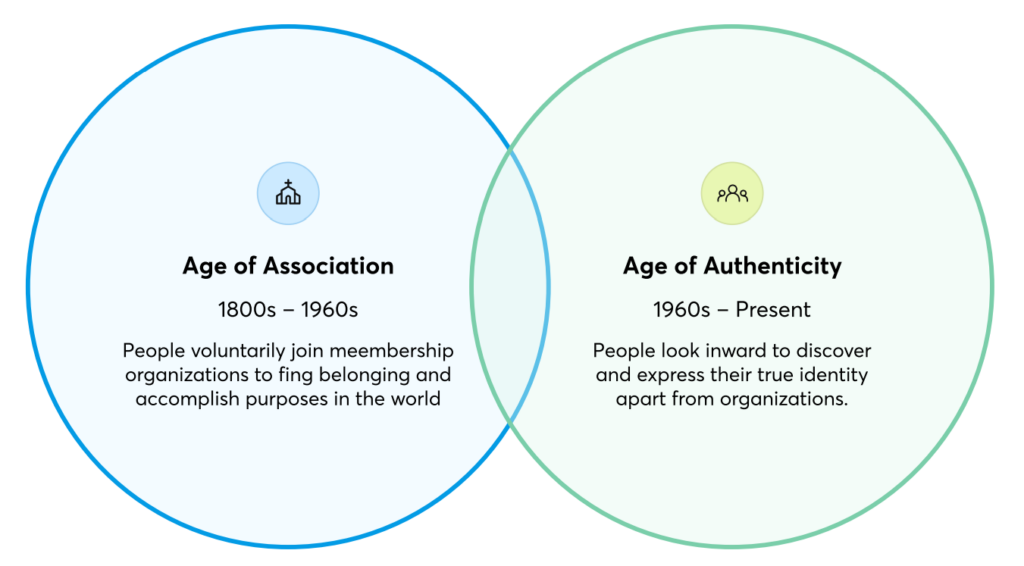In today’s rapidly changing world, churches and their leaders face a myriad of challenges. Many are tempted to invest their efforts in fixing inherited structures in an attempt to reverse the decline of institutional affiliation, participation, and resources. However, the prevailing wisdom suggests that these structures are largely unfixable. Instead, the focus should be on discerning and joining in the presence and movement of the Triune God in personal, congregational, and neighborhood life through the practices of presence, curiosity, deep listening, and experimentation.
In Episode 5.47 of the Pivot Podcast, Dr. Dwight Zscheile and Dr. Dee Stokes interview Dr. Ted A. Smith, a Presbyterian pastor, and the Charles Howard Candler Professor of Divinity at Emory University, discussing his book, The End of Theological Education. In this interview, Dr. Smith sheds light on the changing landscape of theological education and its implications for the church.
The Decline of Theological Education
One major shift that has impacted the church is the decline of theological education. Seminary enrollment has been on a downward trend, and pastors are struggling in their roles or leaving ministry altogether. This decline is indicative of a broader change in how the church, ministry, and theological education have been organized over the past two centuries.
Smith’s book outlines three distinct historical eras in North American church history. The “standing order” era predating the American Revolution featured an alignment of political, cultural, religious, and economic interests. In this period, leaders often transitioned seamlessly between these fields. Something that doesn’t generally happen in a differentiated society.
Next, the “age of voluntary associations” emerged around the time of/just after the American Revolution. During this era, local churches shifted from being state-funded village institutions to more modern congregations. Theological education also evolved into standalone post-baccalaureate seminaries, rather than being integrated into undergraduate programs.
However, a new era has emerged since the 1960s – the age of individualization or the “age of authenticity,” as described by Canadian philosopher, Charles Taylor. Smith acknowledges that these eras are simplified models and may miss crucial details, but they can still help us to understand the broader shifts.
Voluntary Associations and Their Unraveling
One of the key insights from Smith’s book is that the struggles faced by churches are not isolated to religious institutions; they mirror the challenges encountered by all voluntary associations in contemporary society. The decline of religious institutions can be partly attributed to the broader unraveling of voluntary associations in the United States.
The age of voluntary associations allowed for religious pluralism and aligned with democratic ideals. People were no longer stuck having a single religion imposed on them. However, voluntary associations also had a homogenizing effect, pressuring various religious expressions into congregational forms that didn’t actually fit. Additionally, these associations were historically tied to the white settler colonial project, further complicating their legacy.
Renunciations and the Challenge of Progress
Smith emphasizes the importance of making renunciations as the church navigates the changing landscape. This includes letting go of the deep alliance between the church and normative whiteness, as well as addressing issues such as student debt, and unfair labor practices in theological education.
Renunciations precede transformation and are a crucial part of the church’s renewal process. Smith suggests that a narrative of progress or decline is insufficient for understanding the church’s role in history. Dr Smith notes that in the last large-scale paradigm shift, we saw, “major shifts in the social imaginary.” And though we’d like to think that always means leaving behind hurtful, negative things, and taking a step closer to something beautiful, that in the last shift we still “saw systemic racism endure… We saw a kind of nationalist project endure.” The idea that whatever comes next will be automatically better is just not the way it works. “Sadly, the powers and principalities of this world are wily, and can crawl into and shapeshift to take the form of whatever the next social form is.” Instead of putting our hope in new orders, the church must respond to the Word of God breaking into the present with love, judgment, and redemption.
Embracing a Mixed Ecology of Ministry
In the episode, Dwight and Dr. Dee discuss the need for the church to transition from a one-size-fits-all model to a mixed ecology of ministries that connect with people where they are. This shift involves recognizing that the church’s mission is not merely about maintaining an institution but deeply connecting with people’s yearnings and losses. As the church grapples with these changes, it should maintain a focus on God’s presence and promises, with an unwavering commitment to transformation. Dr. Smith’s book calls for a reimagining of church, ministry, and theological education for the “time between the times,” a period of transition, and uncertainty where the church’s mission remains rooted in God’s enduring love and redemption. Dr. Smith’s insights and reflections underscore the need for the church to adapt to changing times, embrace transformation, and stay connected to God’s presence and promises.




